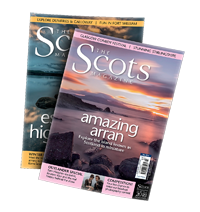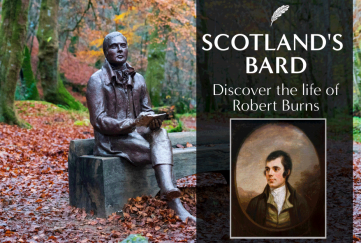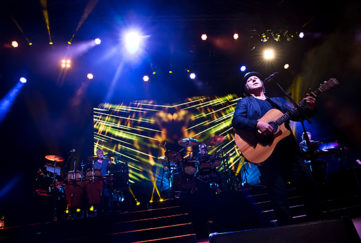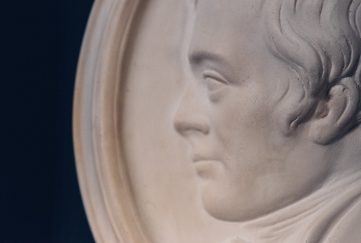What Is The Selkirk Grace?
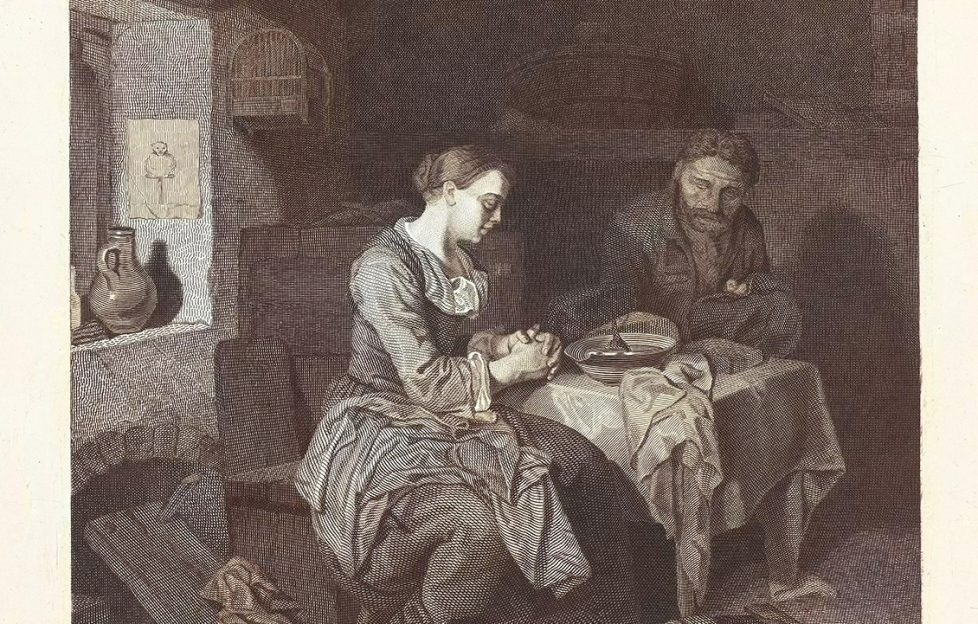
Scotland’s national bard, Robert Burns, popularised the traditional Scottish prayer The Selkirk Grace, which is still recited at Burns Suppers on Burns Night.
The grace is often attributed to Burns, but versions have been found in earlier Scottish literature – a similar grace was known in the 17th century as The Galloway Grace, or Covenanter’s Grace, and Burns most likely picked it up on his travels.
He is said to have delivered it before a dinner on St Mary’s Isle with the Earl of Selkirk in 1794. St Mary’s Isle is a bit of a misnomer – it’s a peninsula, not an island, near Kirkcudbright in Dumfries and Galloway.
Burns was invited there by Basil William, The Lord Daer and son of the Earl of Selkirk. Both men were at the table when Burns performed the grace, which became known in the Earl’s honour as The Selkirk Grace.
It is unclear how much Robert Burns has adapted the grace from the original version, but he did deliver The Selkirk Grace in Standard English, as opposed to the Scots version said at Burns Suppers throughout the world.
The Selkirk Grace
Read the grace aloud before your guests tuck in to the piping hot haggis on their plates.
The Scots version of The Selkirk Grace used at Burns Suppers
“Some hae meat and canna eat,
And some wad eat that want it,
But we hae meat and we can eat,
Sae let the Lord be Thankit!”
The translation of The Selkirk Grace in modern English
“Some have meat but cannot eat,
Some have none that want it;
But we have meat and we can eat,
So let the Lord be thanked.”

